Heyna! Mana (Himachali for “I”) Shiva, here calling out to all you wanderlust wallahs! Ever dreamt of a place where the mountains kiss the clouds and the air tastes like freedom? Aaye, aaye (Come, come) then, let me take you on a journey to Himachal Pradesh, the crown jewel of India!
We’re talking about dev bhoomi (land of the gods), where the mountains pierce the sky like Shiva’s trishul (trident), and the valleys sing with the music of cascading waterfalls. But on this particular journey, we’re not just feasting our eyes on the prettiness; we’re meeting the incredible Gaddi tribe, folks whose lives are as woven into these peaks as the pashmina shawls they weave!
Just imagine, yaar, the crisp pahadi air filling your lungs, snow-capped peaks glistening like freshly squeezed doodh (milk) in the distance, and a symphony of bleating bhediya (sheep) and tinkling ghantis (bells). That’s the world of the Gaddi tribe, where life moves to the rhythm of the seasons, just like the chhal (river) gushing down the mountainside! Now, these folks aren’t your regular pahadi people. They’re champions of a time-honored practice called transhumance – basically, they follow the seasons like a saadhu follows the path of enlightenment!
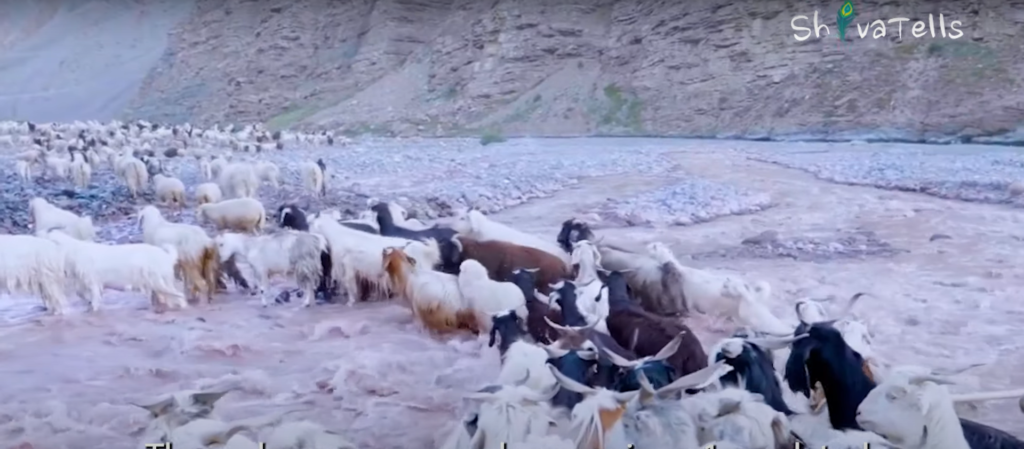
Table of Contents
Flashback Time: Where the Gaddi Folks Came From
Legends say the Gaddis are descendants of the Rajput shahenshahs (emperors) of Rajasthan. Now, you know those folks wouldn’t settle for anything less than the best, right? So, seeking lusher pastures (and maybe a break from that scorching desert heat!), they set off on a journey that led them to the cool embrace of the Himalayas. Over time, they became one with these mountains, transforming into semi-nomadic shepherds, their lives revolving around their precious flocks of bhediya and bakri (goats), lovingly called Bakkarwals.
The Dance of the Seasons: A Gaddi Tribe Guide
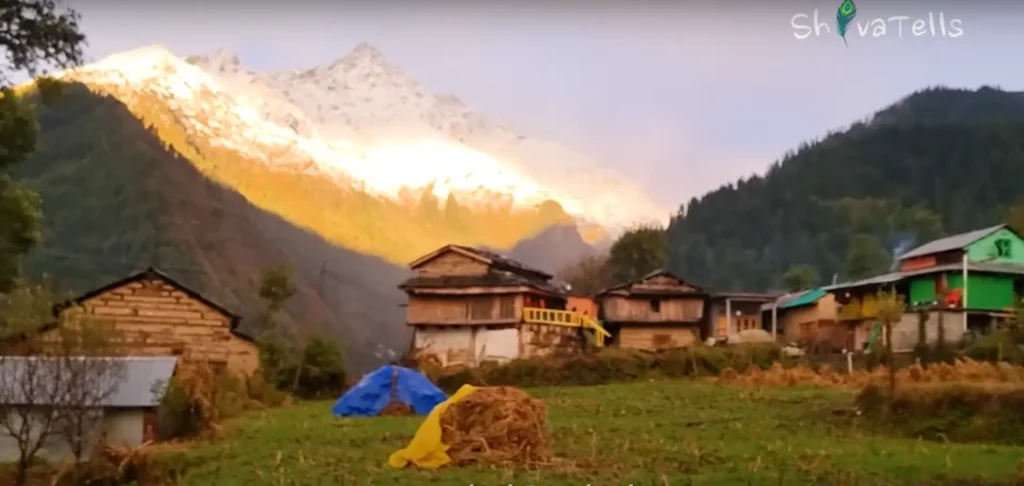
Transhumance, my friends, is more than just packing your pithu (backpack) and following the langurs (monkeys) down the mountain. For the Gaddis, it’s a well-rehearsed naatak (play) perfected over generations. Twice a year, they embark on this grand migration, their footsteps following ancient trails etched by their ancestors, like wrinkles on a wise elder’s face telling stories of the past.
Winter Snuggles in the Foothills
As that first nip of winter bites the air, and snow starts to shawl the higher reaches in white, the Gaddi Tribe people make their way down to the foothills. Think cozy kathkunwa (wooden houses) and patthar ke ghar (stone houses), with crackling fires keeping the winter blues at bay, and of course, the all-important task of finding lush meadows for their Bakkarwals to graze on.
Summer Sojourn in the Kothis
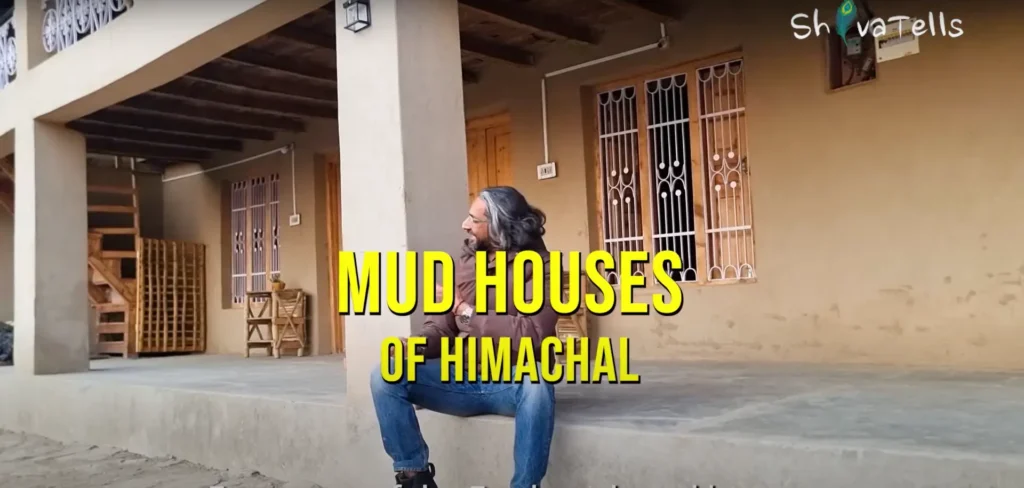
But wait, there’s more! Come summer, when the snow melts and the mountains turn into a riot of रंग (rang, colors) with wildflowers blooming everywhere, the Gaddis head back up. Their summer homes, called Kothis, are like little havens made of stone with slanted roofs, perfect for escaping the scorching summer sun, just like stepping into a cool, refreshing kulfi (Indian ice-cream) on a hot day!
A Culture Steeped in Parampara (Tradition)
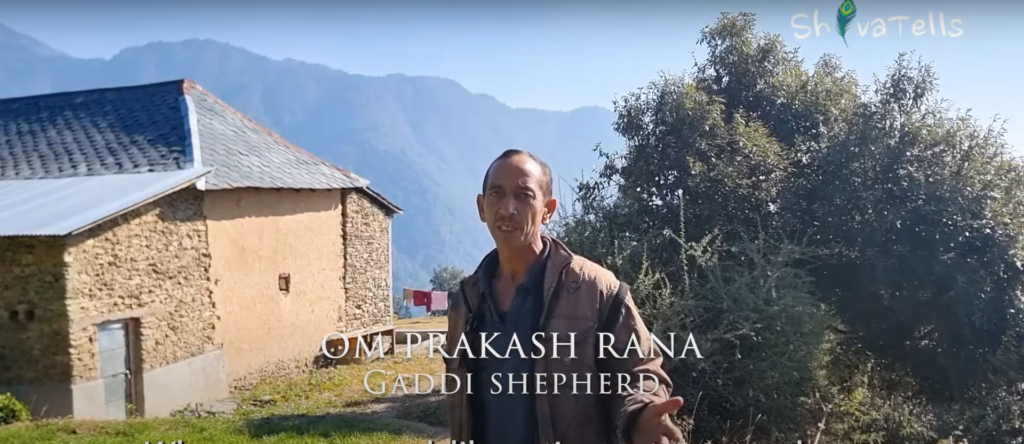
Now, the Gaddi tribe way of life is way more than just about survival. It’s a vibrant mela (fair) celebrating their rich peetha puja (ancestral worship) and parampara (tradition). Their devtas (deities) reflect their deep respect for Maa Parvati (the goddess of mountains) and the deodar forests that blanket these slopes. There’s even “Narender,” the shepherd devta, who watches over their flocks and guides them on their journeys – a true symbol of the Gaddi spirit!
Storytelling Under the Starlight: Sharing the Magic
Remember those crackling fires I mentioned? Well, they’re not just for warmth. They’re the setting for some epic kahani (stories) that would make even a rishi (sage) sit up and listen! The Gaddi tribe weave tales of veer (brave) warriors, prem kahani (love stories), and magical creatures that have been passed down through generations, like heirlooms handed down from baap (father) to beta (son). And let’s not forget their music! Instruments like the Been and the Flute fill the air with melodies that are as sweet as honey dripping off a honeycomb, creating a magical atmosphere where stories and memories come alive.
Fashion with a Purpose: The Gaddi Look
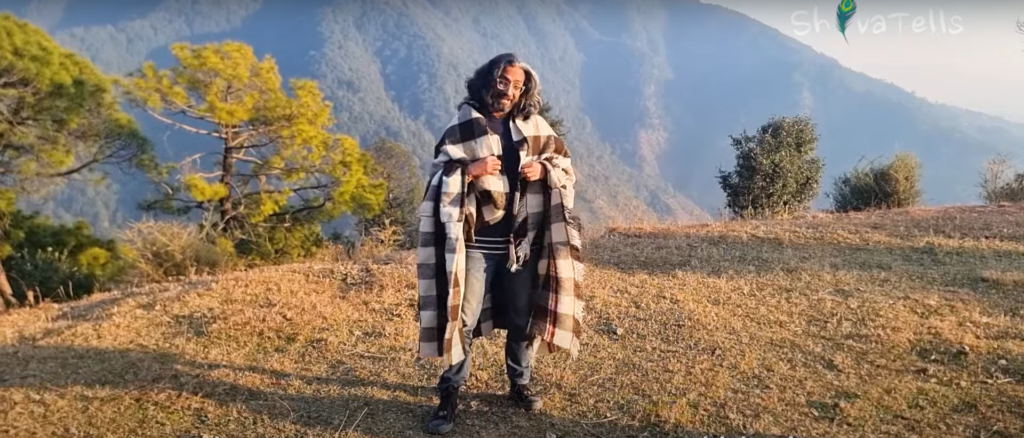
The Gaddi tribe have a style that’s both beautiful and practical. The Gaddi tribe women dress in colors that rival the hues of a pahari sunset, adorned with intricate jewelry that clinks like
tiny temple bells as they move. The men, on the other hand, rock kukhru topi (woolen caps) and long chhadis (coats), keeping themselves warm and comfortable in the mountain’s chilly embrace, like a cup of steaming adrakwali chai (ginger tea) on a snowy morning.
Modern Challenges: A Tightrope Walk
While the Gaddi tribe are as sturdy as the Himalayan pines, they face challenges in our modern duniya (world). Vikas yojnae (development projects) and that pesky mausam badlaav (climate change) are messing with their age-old migration routes and making it harder for them to access chikitsa (healthcare) and padhai (education). On top of that, there’s the allure of shahar ki zindagi (city life), which can tempt the younger generation away from their ancestral roots. It’s a balancing act on a tightrope, trying to preserve their parampara while embracing the badalta hua zamana (changing times).
A Beacon of Hope: Keeping the Legacy Alive
But here’s the accha khabar (good news)! There are folks working hard to ensure the Gaddi culture stays zinda (alive). The sarkar (government) and NGOs are stepping up, building better roads, schools, and hospitals. Himachali tourism is also looking at sustainable ways for you, the jawabdeh pelankaar (responsible traveler), to experience the Gaddi way of life in a respectful manner. It’s about bridging the gap between the aaj (present) and the kal (future).
Your Himalayan Adventure Beckons!
So, my friends, what are you waiting for? Pack your pithu (backpack), lace up your pahadi joote (mountain boots), and get ready for an adventure that will leave you breathless (both from the altitude and the sheer awe!). Learning from the Gaddi Tribe, appreciating their deep connection with praकृति (nature), and supporting their way of life – that’s a yaatra (journey) you won’t forget! Remember, responsible tourism is key. Ask the locals before clicking pictures, dispose of waste properly, and be mindful of their traditions. Let’s travel with respect and leave only footprints behind.
So come, join me on this incredible adventure into the heart of Himachal Pradesh, where the Gaddis and the mountains weave a story that will stay with you forever. Yaadon rakhna (remember), Himachal awaits!
Where to Meet the Gaddi Tribe and How to Reach?
There are a few places you can visit in Himachal Pradesh to meet the Gaddi tribe. Here are some of the most popular locations:pen_spark
- Bharmour:A beautiful town located in the Chamba district, Bharmour is a popular destination for those wanting to experience the Gaddi way of life. The town is surrounded by lush meadows and snow-capped peaks, and there are several opportunities to interact with the Gaddi tribe here.
- Sach Pass:This high-altitude mountain pass is a popular trekking route that also passes through Gaddi shepherds’ villages. Here, you can see the Gaddis in their traditional attire, herding their sheep and goats.
- Langza:A small village located in the Spiti Valley, Langza is known for its unique culture and beautiful scenery. The village is home to a number of Gaddi families, and you can learn about their way of life here.
- Keylong:The capital of the Lahaul and Spiti district, Keylong is a good base for exploring the Gaddi culture. There are several villages in the area where you can meet the Gaddi people and learn about their traditions.
Here’s how to reach these places:
- Bharmour: The nearest airport to Bharmour is Kangra Airport (Dharamsala), located about 170 kilometers away. From there, you can take a taxi or bus to Bharmour.
- Sach Pass: The Sach Pass is accessible by road from both Manali and Kullu. However, the pass is only open for a few months each year, typically from June to September.
- Langza: Langza can be reached by road from Kaza, the main town in the Spiti Valley. The journey is quite challenging, as the roads are not very good.
- Keylong: Keylong can be reached by road from Manali. The journey takes about 7-8 hours.
It’s important to remember that the Gaddi people are semi-nomadic, so their whereabouts can vary depending on the season. If you’re planning a trip to meet them, it’s best to contact a local tour operator or homestay owner who can help you arrange your visit.
Here are some additional tips for meeting the Gaddi tribe:
- Be respectful of their culture and traditions.
- Ask permission before taking photographs.
- Try to learn a few basic Hindi phrases before you go.
- Dress modestly, especially if you are visiting a temple or other religious site.
- Be prepared for the cold weather, especially at higher altitudes.
Other stories from Himachal Pradesh
- BIR BILLING | Paragliding | Travel Guide | Things to Do | Himachal
- Offbeat Manali | Hidden Villages near Manali | Unexplored Places | Himachali Food
